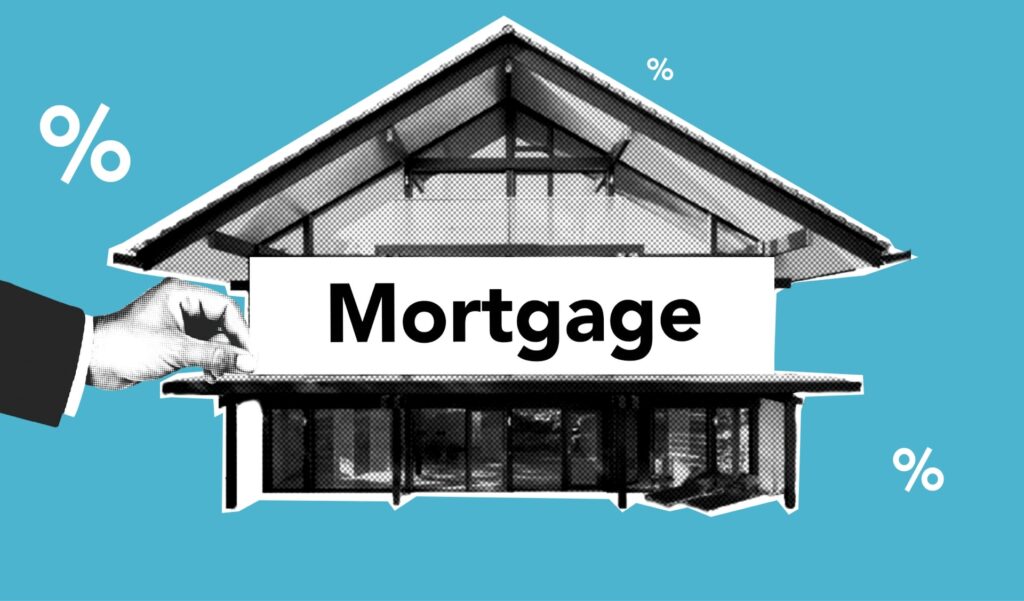Mobility is a gift that many of us take for granted. For individuals with physical disabilities, moving from one place to another can be a daily challenge. Thankfully, advancements in technology and design have paved the way for tools that make mobility easier and more dignified. One such innovation is the hoist for disability.
In this article, we will delve into the importance of these hoists, and provide a guide for those considering integrating one into their space.
Understanding the Need
Before diving into the specifics, it’s essential to understand the profound impact a ceiling hoist can have on someone’s life. For those with limited mobility, simple tasks like getting out of bed, moving to a wheelchair, or accessing different parts of a home can be cumbersome and sometimes dangerous. Ceiling hoists offer a safe, smooth, and efficient way for carers to assist their clients to traverse spaces, reducing the risk of injury and providing a higher sense of independence.
What is a Disability Ceiling Hoist?
A disability ceiling hoist is a mechanical system installed on the ceiling of a room or throughout a home. It comprises a track system and a motorised unit that moves along this track. Attached to the motorised unit is a sling or harness, which safely cradles the individual and transports them to their desired location.
Factors to Consider When Buying a Ceiling Hoist
- Space Assessment: Before purchasing, it’s vital to evaluate the space where the hoist will be installed. Consider factors like ceiling height, obstacles in the room, and the desired range of movement.
- Weight Capacity: Different hoists come with varying weight capacities. It’s crucial to choose a system that can safely support the individual’s weight.
- Type of Track: There are two primary track systems – straight and curved. While straight tracks are suitable for direct transfers (like from a bed to a wheelchair), curved tracks offer more flexibility and can navigate around obstacles.
- Battery Life and Backup: Ensure that the hoist you select has a long-lasting battery and a backup system in case of power outages.
- Ease of Use: The hoist’s controls should be user-friendly. Some models come with remote controls, while others have wall-mounted switches.
- Safety Features: Look for hoists with safety mechanisms like emergency stop buttons, descent control, and overload sensors.
Benefits of Installing a Ceiling Hoist
- Safety: The primary benefit is the safety it ensures. Transfers are smooth, reducing the risk of falls or injuries to the person or their carer.
- Efficiency: Ceiling hoists are fast and require minimal physical effort, making transfers quicker and less tiring.
- Space-saving: Unlike floor hoists, ceiling hoists don’t take up floor space, keeping the area uncluttered.
- Versatility: Modern hoists are designed to cater to various needs and can be customised based on individual requirements.
- Independence: For many users, a ceiling hoist can mean the difference between relying on caregivers for every move and having the freedom to navigate their space independently.
Finally, a hoist for disability is more than just a mobility tool. They represent freedom, dignity, and empowerment for individuals with physical challenges. If you or a loved one are considering integrating one into your space, remember to conduct thorough research and consult professionals. After all, the right hoist can transform a living space into a haven of effortless mobility.
Image Supplied by pressfoto on Freepik
Written Lifestyle Contributor by Karen Rutherford


